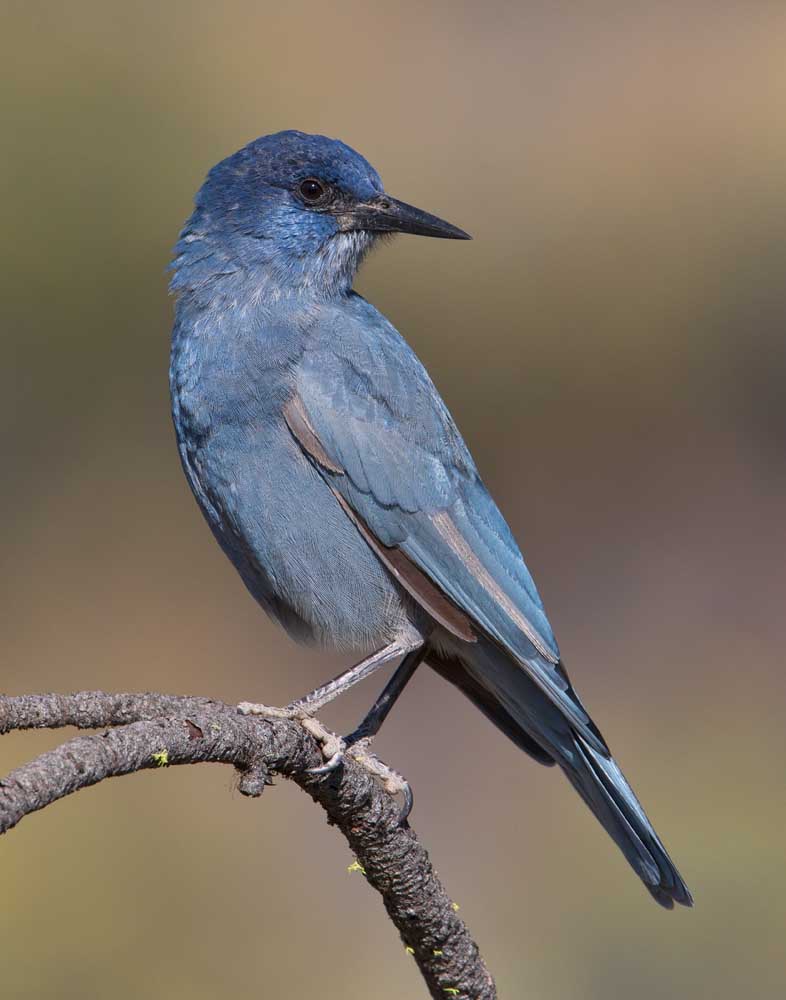Bird watch: pinyon jay
Published 5:13 am Thursday, February 23, 2017

- Pinyon jay(Tom Lawler / For The Bulletin)
Let’s continue the theme of small corvids with the pinyon jay.
The scientific name is Gymnorhinus cyanocephalus. Gymnorhinus is of Greek origin and means bare nostrils. Cyanocephalus is also of Greek origin, from the words “kuanos,” meaning dark-blue, and “kephalos,” meaning headed. Historically it was known as the blue crow or Maximilian’s jay. It belongs to the corvid family consisting of crows, magpies and jays.
The pinyon jay is one of the smaller jays. It is crestless and overall blue in color. It looks like a slender blue crow. This jay is about 10 inches in length with a 15-inch wingspan. Its weight is around 3.5 ounces. It is a Western/Southwestern jay with a presence for the most part east of the Sierra Nevada and west of the Rockies. Pinyon jays are incidental into eastern Colorado, New Mexico and the Oklahoma panhandle. Interestingly enough, the Central Oregon region is the only place they are found in Oregon. Their preferred habitat includes pine forests, juniper woodlands and shrub lands from around 3,000 to 8,000 feet in elevation.
Unlike most of its close relatives, the pinyon jay has no feathers on its upper bill. The lack of these feathers allows the bird to probe into sap-covered pine cones to extract seeds without fouling feathers on the bill.
This jay is usually found in large flocks, sometimes comprising hundreds of birds. They may spend their entire lives in the flock into which they were born. These noisy flocks move around a large territory during the day foraging for seeds, berries, insects, eggs and also young of other birds. When a large flock shows up at your bird feeders they will rapidly clean out all the seed. They are generally nonmigratory and have territories of up to 25 or more square miles.
These birds will cache thousands of seeds to allow survival during the winter. They have such a good memory that they remember where most of them are hidden. Mated pairs appear to coordinate their food caching so that their cache locations are known to each other.
Like most jays, the pinyon jay has a wide assortment of calls. Most common is a soft “aar aar aar” and a loud harsh “re-ah.” Reliable locations for these birds are Sisters, Crooked River Ranch, Redmond and Bend.
— Tom Lawler is an avid bird watcher and photographer. He serves on the East Cascades Audubon Society board and leads bird walks at the Sunriver Nature Center.
Pinyon jay
Scientific name: Gymnorhinus cyanocephalus
Height: 10 inches
Weight: 3.5 ounces
Wingspan: 15 inches








